If The Signifier were a film or TV series, I would watch it in a heartbeat. Coming across like Minority Report meets Inception, this indie game from Chilean developers Playmestudio, and publishers Raw Fury, has an incredibly compelling concept at its core.

Described as a first-person tech-noir mystery adventure, you play as veteran researcher Frederick Russell, who is using advanced artificial intelligence to bridge Freudian psychoanalysis with neuropsychology. More specifically, Russell has created a deep brain scanner called the Dreamwalker, which makes it possible to enter the minds of others. Provide powerful AI EVEE with a brain scan and she will interpret the data, giving shape to memories and dreams for others to experience virtually.
Unsurprising given its violation of personal data privacy, Russell’s work is highly controversial, which puts him at the mercy of the Technology Safeguard Bureau (TBS), a shady government agency with the mandate to keep “democratic structures safe from the abuse of technology.” Eager for dirt on GO-AT, the world’s largest tech company, TBS forces Russell to investigate the suspicious death of Johanna Kast, GO-AT’s vice president.
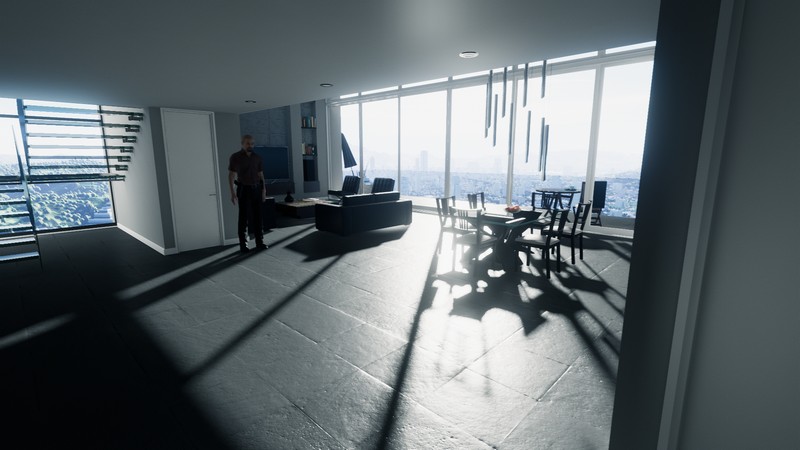
This is where The Signifier’s signature, and very clever, gameplay mechanic kicks in. To solve the mystery, you must investigate environments in up to three different states. The first is physical reality, which you travel across a city map to visit. The second and third states are accessed solely by the Dreamwalker, paired with a Digital Brain Disc that has been obtained from Johanna.
You can experience Johanna’s memories in the objective state, which is purely generated from sensorial inputs (aural, visual etc.). Finally, and most fascinating, you can plunge into the subjective or “felt” state, where events are filtered through emotional experience. The result is fuzzy, warm impressionist paintings of environments associated with good memories, and stark expressionist vistas when it comes to bad memories or nightmares.
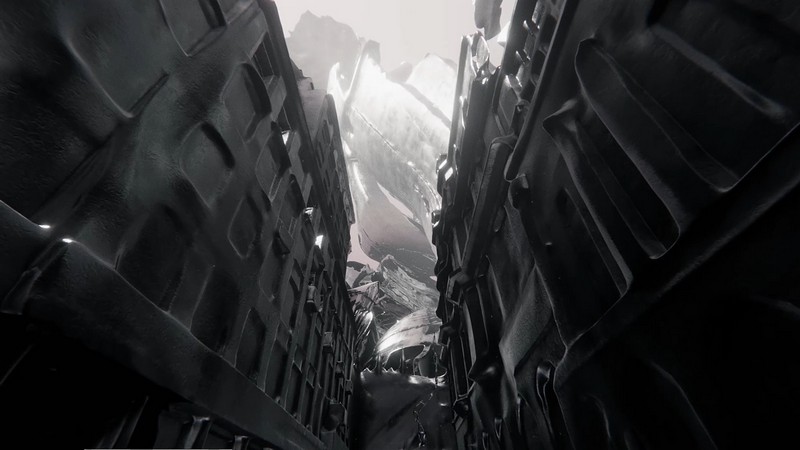
Moving between the states, collated on a timeline, helps EVEE create a more comprehensive picture, overcoming barriers in certain states to access new information and memories. The player helps this process primarily by solving perspective bending puzzles, and collecting distorted raw data, which you must manipulate into recognisable form and place in the correct spot in the virtual recreation. Occasionally, when Johanna’s unconscious mind walls off particularly painful moments, the player is required to hijack a significant figure – or avatar – to get past the block.
Entering the human mind and experiencing the same environments in different states aren’t new concepts to video games. The Signifier operates in the same tech noir sub-genre is 2017’s Observer (due for a “Redux” re-release this November), and Microsoft has been punting upcoming The Medium, from the same developers, as a next-gen capability showcase due to its surreal, dual-plane puzzle solving.

The difference is that while Observer leans hard into its Blade Runner inspiration, The Signifier is set in a far more relatable near future. The Signifier’s science fiction universe isn’t an always night-time, always-raining world of neon, noodle bars and trench coats. It feels like maybe five years from now, a figurative day after tomorrow, where machine learning has decimated the job market and deepened the divide between rich and poor; where tech companies are still preaching the potential of their work to change the world for the better; and where deep fakes have been outlawed for their power to manipulate the political stage.
The Signifier presents a brightly lit, utterly believable world where politics is the most sinister force at play. Agendas and ideologies battle it out behind the scenes, but hardly in the shadows.

This world building is established through conversations, newspapers scattered around the game, radio shows and other in-game media. At times, at least in the real world portion, The Signifier slips into walking sim territory. You can even pause and listen to a ten-minute podcast on AI advances. Obviously, this slows the pace of the game to a halt, but it’s entirely up to the player how deeply they want to immerse themselves in The Signifier’s socio-political context.
In this regard, The Signifier isn’t subtle but it’s definitely thought provoking, playing devil’s advocate around issues that today’s technology “thought leaders” are vocal about. It’s worth noting that the game world is also littered with psychology journals and papers, helping to educate the player about psychoanalytic concepts that are core to the game, such as The Master Signifier, Mirror Self and Ego.
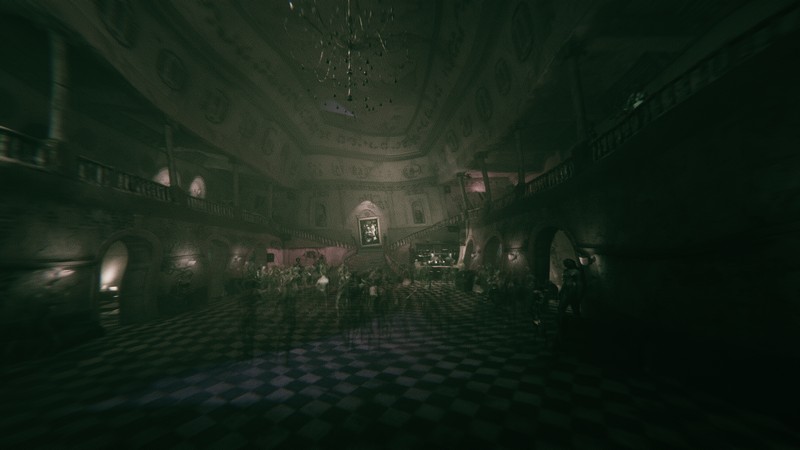
The Signifier is unquestionably a cerebral experience on multiple levels. The big question, though, is whether the game is as strong in execution as concept?
The human mind is a messy, confusing thing, and The Signifier replicates that, whether deliberate or accidental, for better and worse. No complaints can be made about the game’s aesthetic, which drives home the contrast between its sleek-looking, smooth-running reality, and the incomplete Dreamwalker states. The latter are often pixelated, desaturated and draw on body horror, in combination with chilling, squelchy sound design, to make your skin crawl.
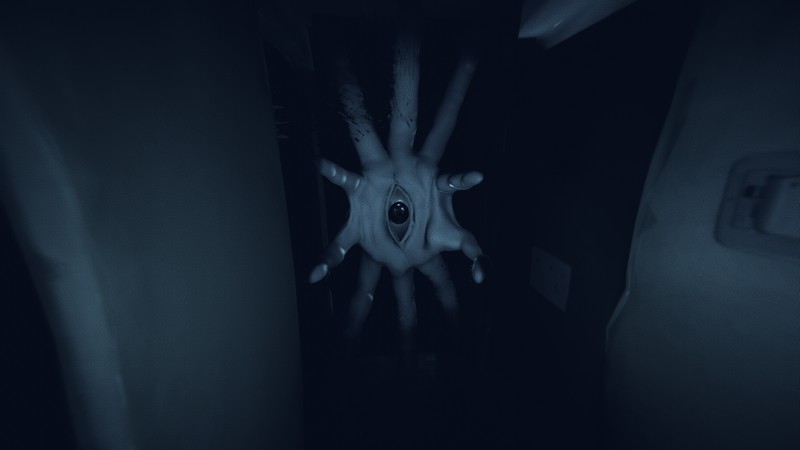
It’s just that there’s a clunkiness in handling the raw data which is frustrating, as well as occasional abstraction to the puzzles. Russell and EVEE consistently supply clues via voice over, and you can further prompt EVEE for advice. However, even with these aids, sometimes you just don’t know what to do as you stumble onto logic gaps, and find yourself repeatedly bouncing between different states of the same moment. You’re as likely to confidently solve a puzzle as you are to accidentally stumble on a solution.
The biggest problem with The Signifier, though, is just as the mystery seems to be ramping up, the game ends – at around the five or six-hour mark. Replicating the messiness of the human mind again, you don’t end up with all the answers. Instead of everything being neatly and satisfyingly tied up, the player is left with a handful of loose plot threads, and just as many assumptions. Even after two playthroughs, I’m still struggling to understand the overarching ending.
I use the term “overarching” because there are multiple endings for your character in The Signifier, based on dialogue and other choices throughout the game. This presumably will encourage repeat playthroughs, although a sense remains that a Signifier 2 is on the cards. The abruptness of the conclusion certainly feels like it. It could be interpreted as a cheeky move, but the door is left open for further mysteries set in the game’s fascinating, if not always comprehensible, universe.
Frustrations aside, there are enough diamonds glinting out of the rough that with a few refinements, a return walk in the realm of dreams, experimental psychology and future tech would be most welcome.
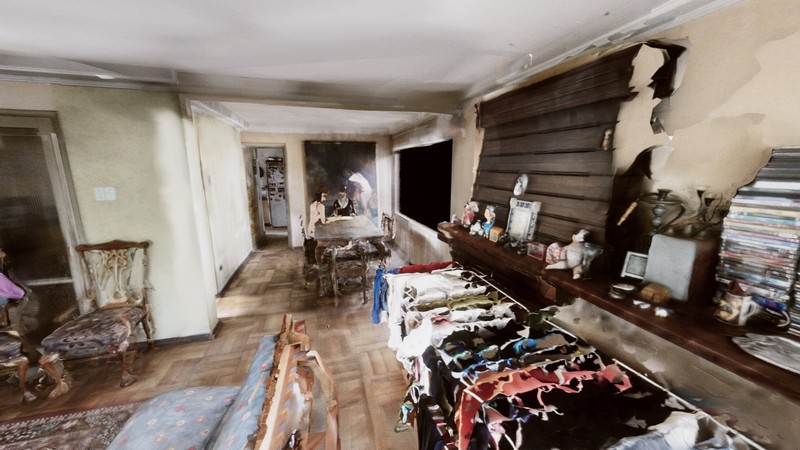
Last Updated: October 15, 2020
| The Signifier | |
|
It’s clearly well thought out, but in execution The Signifer doesn’t quite match up to its intriguing concept and utterly convincing setting. The latter are so strong, though, that they keep you engaged even as you grapple with clunkier gameplay aspects and an abrupt ending. Ambitious, cerebral, worth investigating.
|
|
|---|---|
| The Signifier was reviewed on PC | |
|
68 /
100
| |




















